Identification of microcrystalline phases in Lead Glazes of ceramics from 17th-19th centuries: archaeometric implications
Department/Institute
Universitat de Vic - Universitat Central de Catalunya. Departament d'Enginyeries
Abstract
Crystalline phases inside ancient glazes can have different origins: unreacted compounds (thus already formed before the glaze formation), crystallites developed during the glaze production or devitrification crystals formed after the glaze production (during burial by weathering processes). This study deals with the identification of the crystalline phases developed during the firing of lead glazes in ceramics from the 17th to 19th centuries. The formation of the crystallites during firing and their distribution depends on the original composition of the glaze and body (clay, stonepastes, etc.), the use of raw or pre-fired materials and on the firing conditions (temperature and atmosphere of the furnace, single or double firing, etc.). Therefore, the detailed investigation of the crystal inclusions and the microstructural heterogeneities in the glazes yield information on the nature of the objects, the raw materials used, their thermal history as well as other important aspects of the glass making technology. This research develops a methodological approach to study of ceramic glaze microstructures based on the thin section. Starting from its present role as an accessory identification technique, thin-section petrography turns here into a pivotal tool to characterize micro-crystals embedded in ceramic glazes and hence characterize the glazes themselves. Firstly, the crystallites are located and described using thin-section petrographic methods. Special attention is paid to the description of the morphologies and the optical features of the crystallites. Then, the thin section petrography data are linked to compositional and structural data obtained from other analytical tools, such as SEM (scanning electron microscopy), EPMA (electron probe micro-analyser), μ-Raman (micro-Raman) and SR- μXRD (synchrotron-radiation X-ray micro-diffraction). For each mineral phase identified, chemical, mineralogical and structural data are collected in such a way to obtain a correlation between morphological and analytical data. Once established, this correlation could allow a quick and easy identification of the crystallites using a petrographic microscope and therefore avoiding the repetition of an exhaustive identification protocol involving the use of expensive characterization techniques
Keywords
Cristalls; Ceràmica; Esmalts
Subjects
90 - Archaeology. Prehistory
Knowledge Area
Arqueologia
Note
Programa de Doctorat: Ciències Experimentals i Tecnologies
Rights
ADVERTIMENT. Tots els drets reservats. L'accés als continguts d'aquesta tesi doctoral i la seva utilització ha de respectar els drets de la persona autora. Pot ser utilitzada per a consulta o estudi personal, així com en activitats o materials d'investigació i docència en els termes establerts a l'art. 32 del Text Refós de la Llei de Propietat Intel·lectual (RDL 1/1996). Per altres utilitzacions es requereix l'autorització prèvia i expressa de la persona autora. En qualsevol cas, en la utilització dels seus continguts caldrà indicar de forma clara el nom i cognoms de la persona autora i el títol de la tesi doctoral. No s'autoritza la seva reproducció o altres formes d'explotació efectuades amb finalitats de lucre ni la seva comunicació pública des d'un lloc aliè al servei TDX. Tampoc s'autoritza la presentació del seu contingut en una finestra o marc aliè a TDX (framing). Aquesta reserva de drets afecta tant als continguts de la tesi com als seus resums i índexs.


